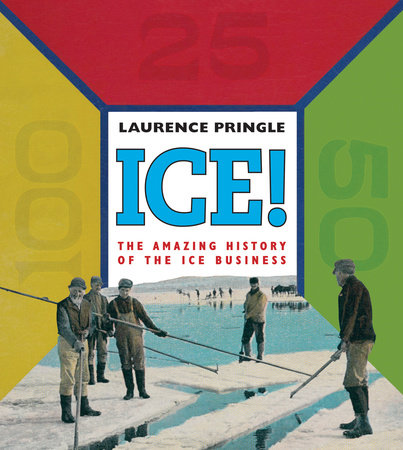
Ice! The Amazing History
The Amazing History of the Ice Business
Published by Calkins Creek (2012-10-01)
In the early 1800s, people began to harvest ice, store it in ways that limited melting, and transport it to homes and businesses. Eventually, almost everyone had an icebox, and a huge, vital ice business grew. In this riveting book, acclaimed writer Laurence Pringle describes the key inventions and ideas that helped the ice business flourish. He points to the many sources of ice throughout the East and Midwest and spotlights Rockland Lake, "the icebox of New York City," to offer a close-up look at the ice business in action. Pringle worked closely with experts and relied on primary documents, including archival photographs, postcards, prints, and drawings, to capture the times when everyone waited for the ice man and his wagon to deliver those precious blocks of ice.
Book Details
★ "A coolly fascinating, nostalgic glimpse into life as it was over a century ago. . . Pringle's writing is as clear and sharp as well-hewn blocks of ice, and the book is a visually refreshing treat. . . fast-paced, absorbing historical reading. Very well-documented, even including links to some short Edison films. Readers will regard their refrigerators and freezers in a whole new, respectful light." —Kirkus Reviews, starred review
"Tells a kid-friendly slice of social and technological history. Aided by an impressive collection of archival photos and advertisements, Pringle has a good eye for side stories..."—USA Today
"Pleasingly designed with short blocks of crisp text and ample illustrations consisting of archival photographs, drawings, and images of the ice cards customers used to communicate their needs to the deliverymen. Readers will be enticed."—Booklist











